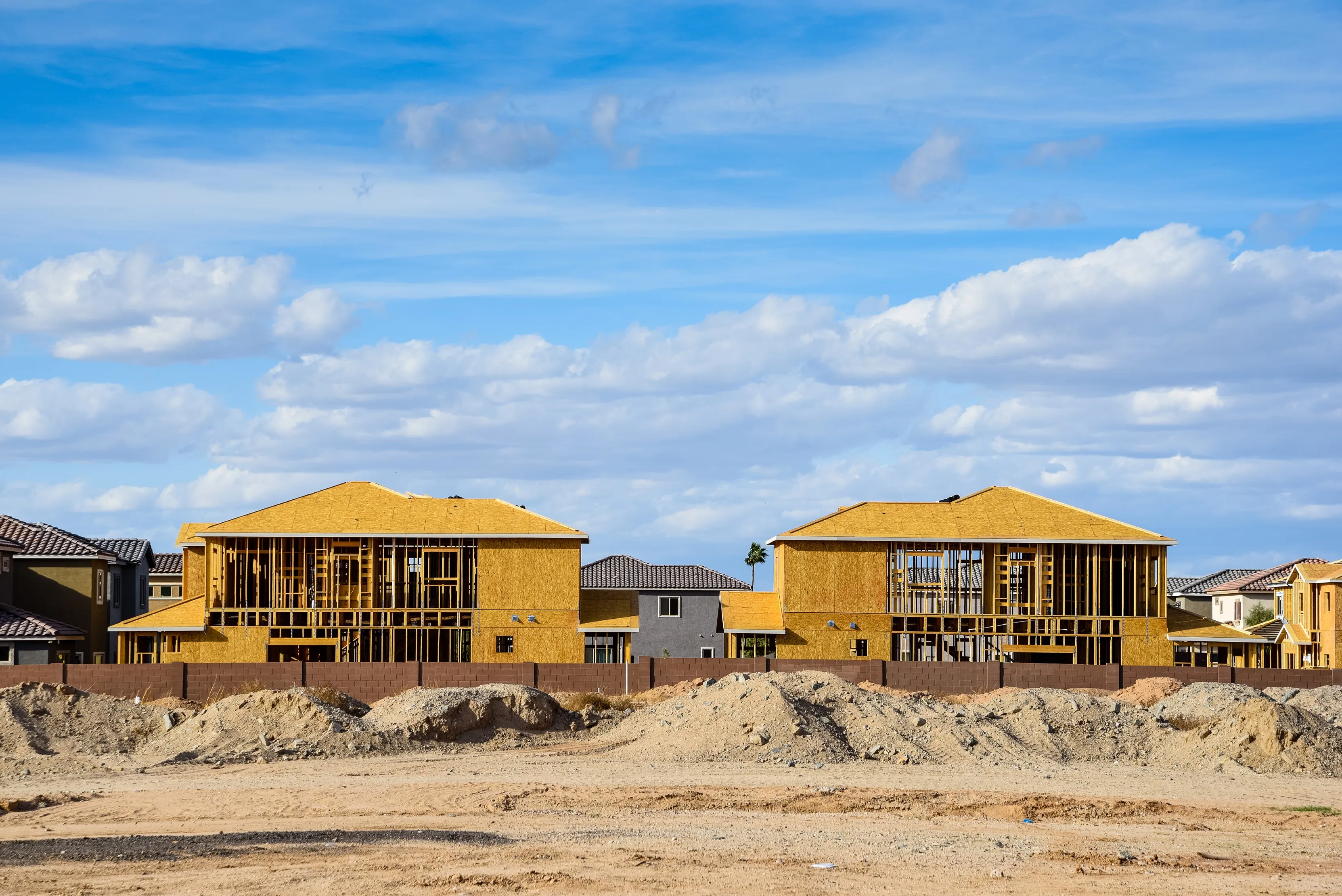The Impact of High Interest Rates on Affordable Housing Demand 2023
Affordable housing has long been a critical issue in many regions around the world. As populations grow and urbanization continues, the demand for affordable housing remains high.
However, one factor that can significantly impact the affordability of housing is interest rates. High interest rates can have a profound effect on housing demand, making it more challenging for individuals and families to access affordable housing options.

In many economies worldwide, affordable housing remains a crucial component to ensure that all individuals have access to safe, decent, and stable homes. However, the availability and affordability of these homes can be significantly affected by various economic and policy factors.
One such factor that has garnered attention over the years is the influence of high interest rates. When interest rates rise, there
The Impact of High Interest Rates on Affordable Housing Demand
- Mortgage Costs Rise
One of the most direct ways that high interest rates affect affordable housing demand is by increasing the cost of borrowing. When interest rates are high, the cost of obtaining a mortgage loan also rises. This means that prospective homebuyers are faced with higher monthly mortgage payments, making homeownership less affordable, particularly for those with limited financial resources.
- Reduced Purchasing Power
High interest rates can reduce the purchasing power of potential homebuyers. As interest rates rise, the amount of money individuals can borrow for a given monthly payment decreases. This decrease in purchasing power can force prospective buyers to consider smaller homes or less desirable neighborhoods, making affordable housing options more limited.
- Increased Rental Demand
When high interest rates make homeownership less attainable, many individuals and families are forced to continue renting. This surge in rental demand can drive up rents, making it more challenging for lower-income individuals and families to find affordable rental units. As a result, high interest rates can create a ripple effect on the entire housing market, impacting both buyers and renters.
- Negative Impact on Homebuilders
High interest rates can also affect the construction and availability of affordable housing. Homebuilders often rely on loans to finance their projects, and when interest rates are high, the cost of borrowing for developers increases. This added expense can lead to fewer affordable housing developments being built, exacerbating the shortage of affordable housing options.
- Economic Uncertainty
High interest rates can contribute to economic uncertainty, which can further deter potential homebuyers from entering the market. People may be less willing to commit to a long-term mortgage when they are unsure about their financial stability, which can lead to reduced demand for housing in general.
- Decreased Investment in Real Estate
Investors looking for opportunities in the real estate market may also be deterred by high interest rates. The cost of financing real estate investments increases, leading to fewer investors willing to purchase properties for rental income or resale. This can limit the supply of affordable rental units and negatively impact overall housing affordability.
- Impact on Government Initiatives
Government programs and initiatives aimed at promoting affordable housing may face challenges when interest rates are high. Higher interest rates can increase the cost of financing these programs, making it more difficult for governments to provide subsidies and incentives to developers and homebuyers. As a result, affordable housing initiatives may struggle to achieve their objectives during periods of high interest rates.

To understand the relationship between interest rates and housing demand, it’s essential to comprehend the fundamentals. When a person decides to purchase a home, they often rely on mortgage loans. These loans come with an interest rate – the cost of borrowing money. When this rate is high, the monthly mortgage payments increase, making the home less affordable.
High interest rates mean that prospective homeowners will need to allocate a more significant portion of their monthly income towards their mortgage payments. For many individuals, especially those in the low to middle-income bracket, this can render the property unaffordable. Even a slight increase in interest rates can result in substantial additional costs over the life of a 15- or 30-year mortgage.
A surge in interest rates diminishes the purchasing power of potential homebuyers. For instance, if a buyer qualifies for a $300,000 loan at an interest rate of 4%, but the rate increases to 6%, the amount they qualify for may decrease. This might push buyers to look for cheaper homes or even deter them from purchasing altogether.
:max_bytes(150000):strip_icc()/GettyImages-481466958-44f661c7fe934bfeba0a440689f087b9.jpg)
As homes become less affordable due to high interest rates, there’s a shift in the market dynamics. The rate of homeownership can decrease as more people find it challenging to secure mortgages at favorable terms. Consequently, there’s an increased demand for rental properties. While this may benefit landlords and property investors in the short run, it can lead to higher rental costs due to increased demand, further straining housing affordability.
Builders and developers closely monitor market conditions. When there’s a reduced demand for homes, largely due to high interest rates making them unaffordable, developers might delay or scale back projects. This reduced construction can exacerbate the shortage of affordable housing in the long run, especially in areas with growing populations.
The housing market is a significant driver of economic activity in many countries. From construction jobs to home furnishing businesses, many sectors are tied to the ebbs and flows of the housing market. A slowdown in the housing sector due to high interest rates can have cascading effects on related industries and the broader economy.

Given the challenges posed by high interest rates, policymakers often grapple with finding solutions. Potential interventions can include:
– Central banks reducing benchmark interest rates.
– Offering tax incentives or subsidies for first-time homebuyers.
– Implementing rent controls to prevent rental prices from skyrocketing.
High interest rates can have a significant and multifaceted impact on the demand for affordable housing. From increasing the cost of mortgages to reducing purchasing power and limiting housing development, the consequences of rising interest rates can be far-reaching. Addressing the issue of affordable housing demand in the face of high interest rates requires a multifaceted approach that includes policy adjustments, government intervention, and support for affordable housing initiatives.
By understanding the complex relationship between interest rates and housing demand, stakeholders can work together to find solutions that ensure access to affordable housing remains a reality for all.

While interest rates are just one piece of the puzzle, they play a pivotal role in determining the affordability of housing. High interest rates can act as a significant barrier for those looking to own homes, pushing them into the rental market or even out of the housing market altogether.
As governments and policymakers strive to ensure that everyone has access to affordable homes, understanding and mitigating the impacts of interest rates is crucial.



